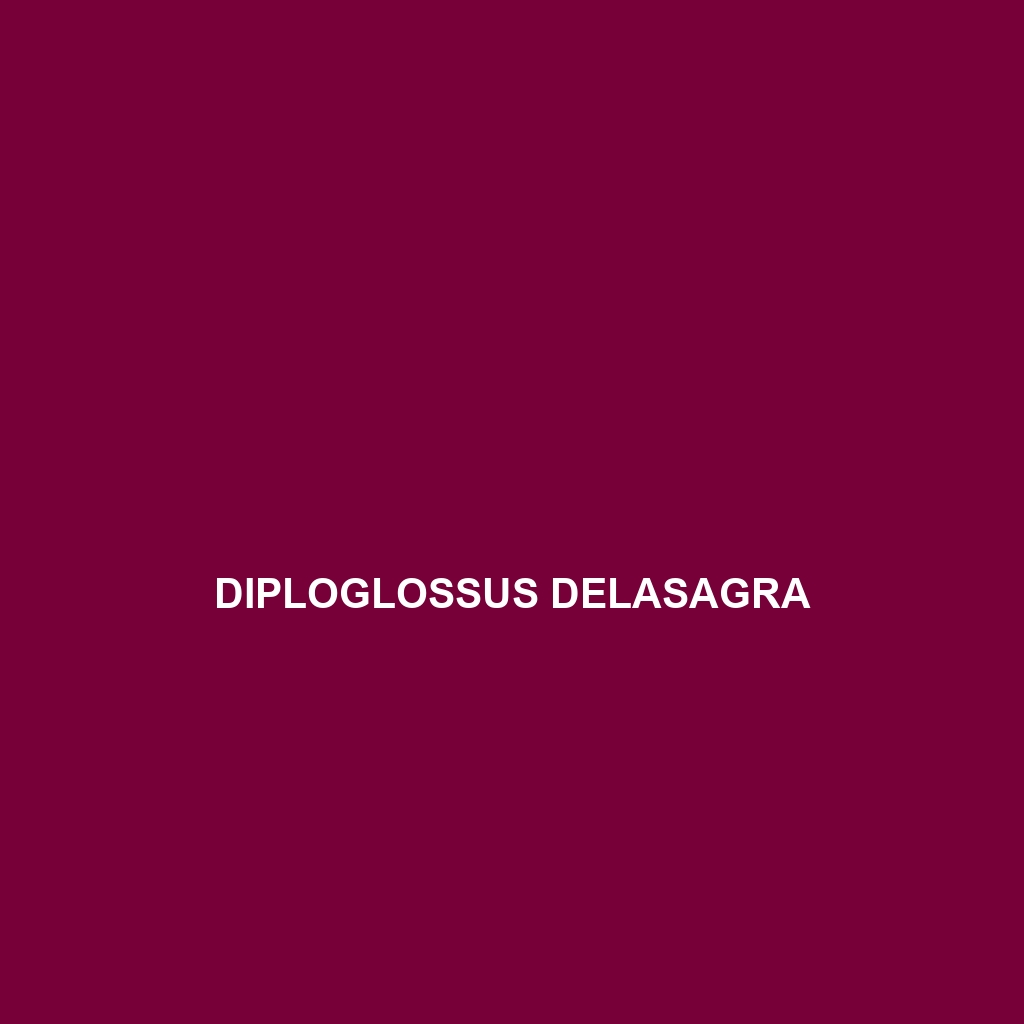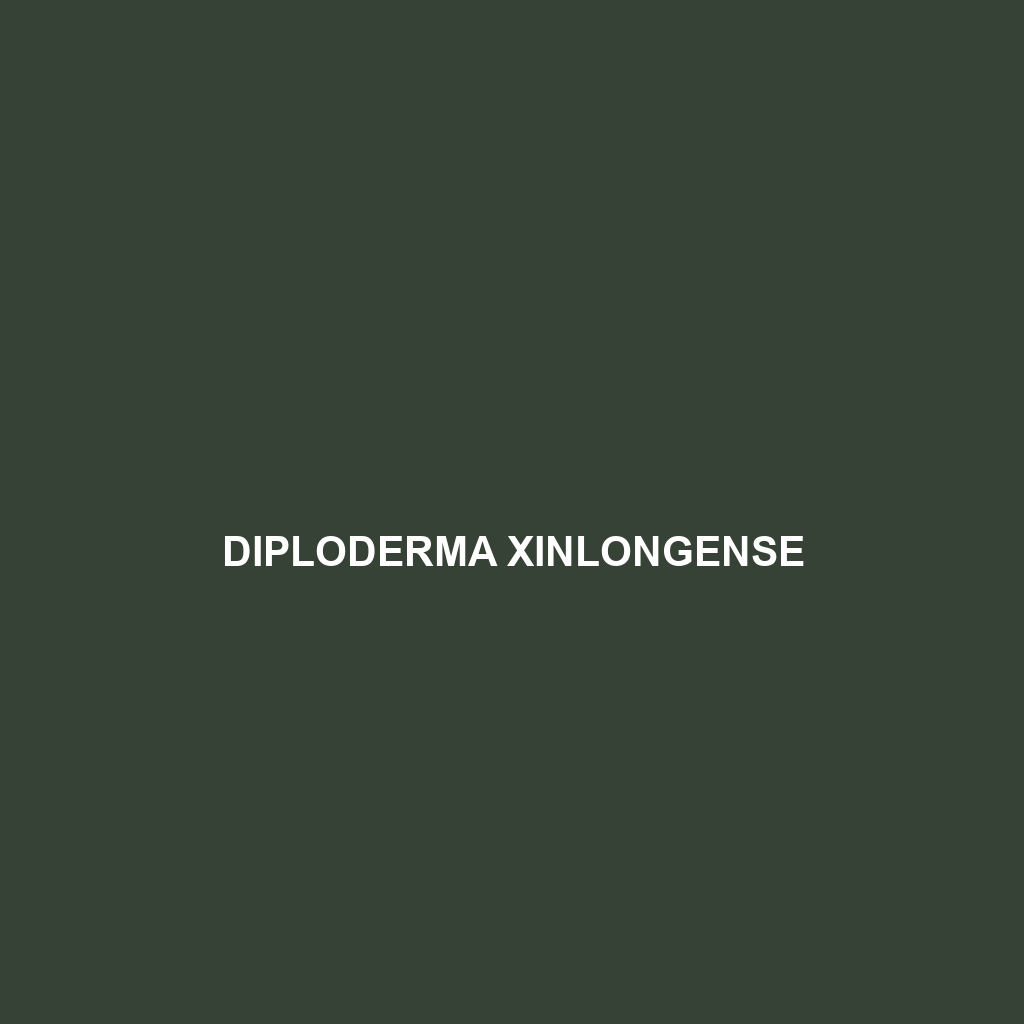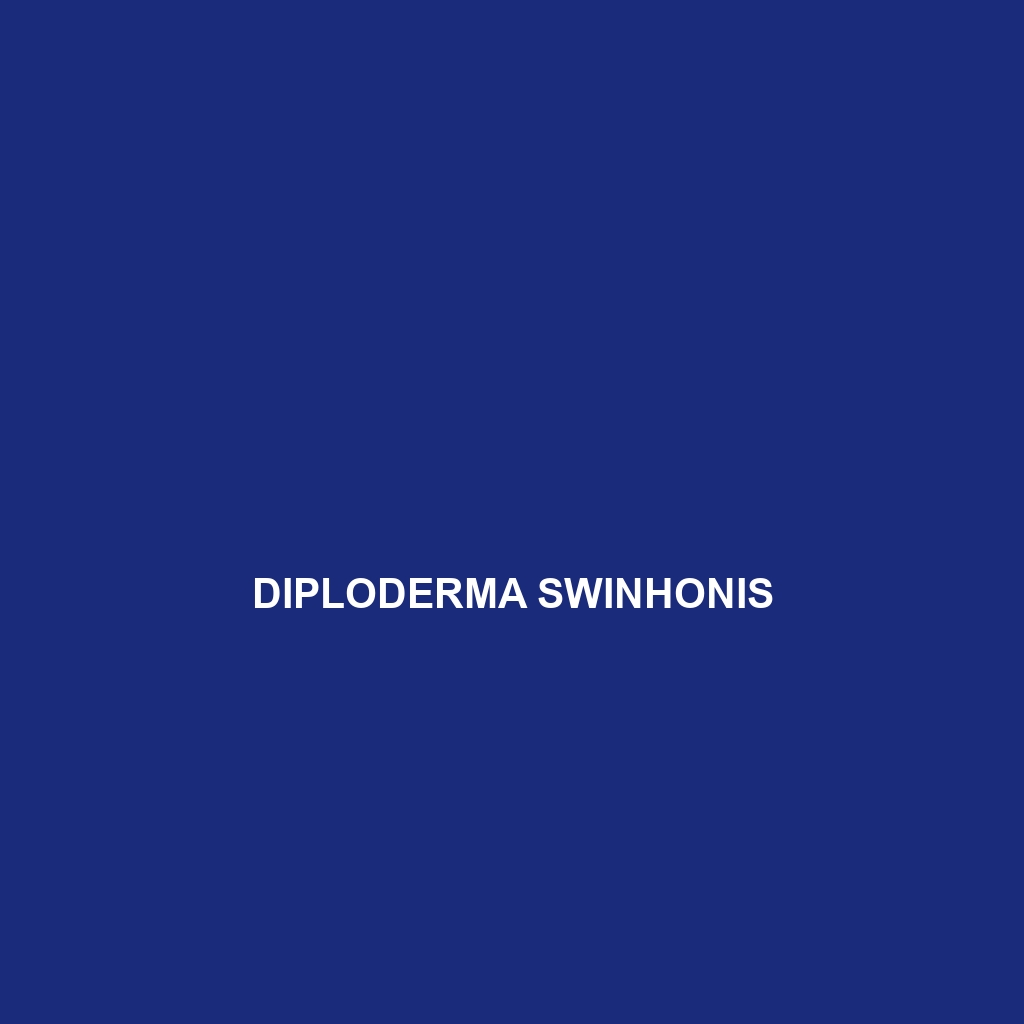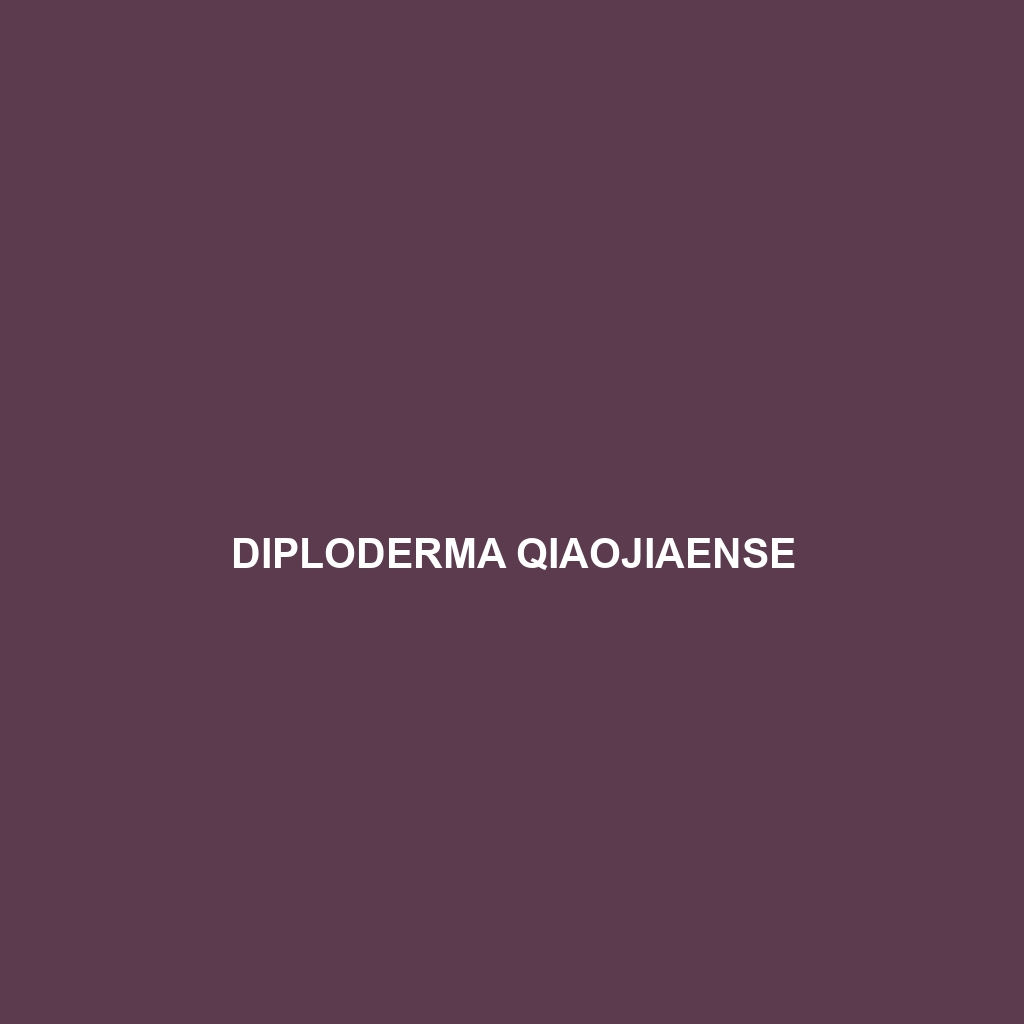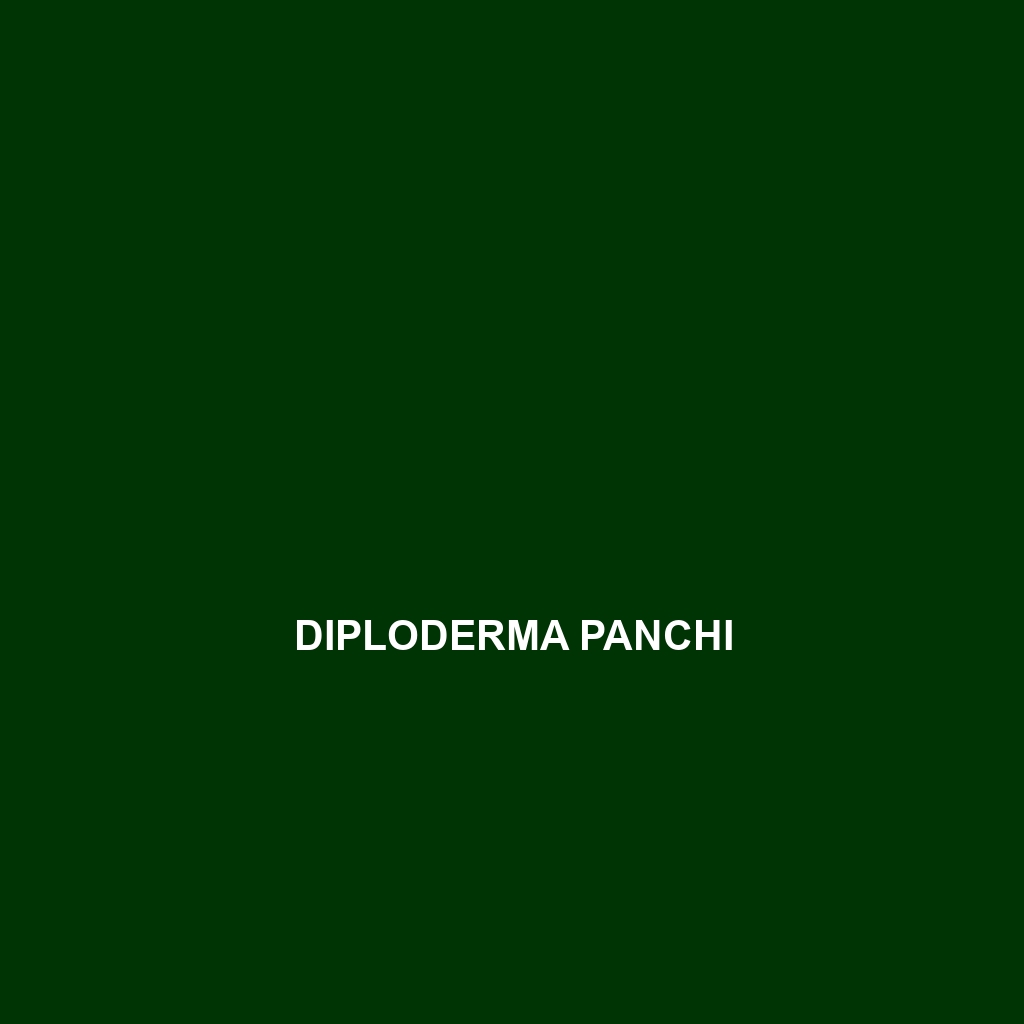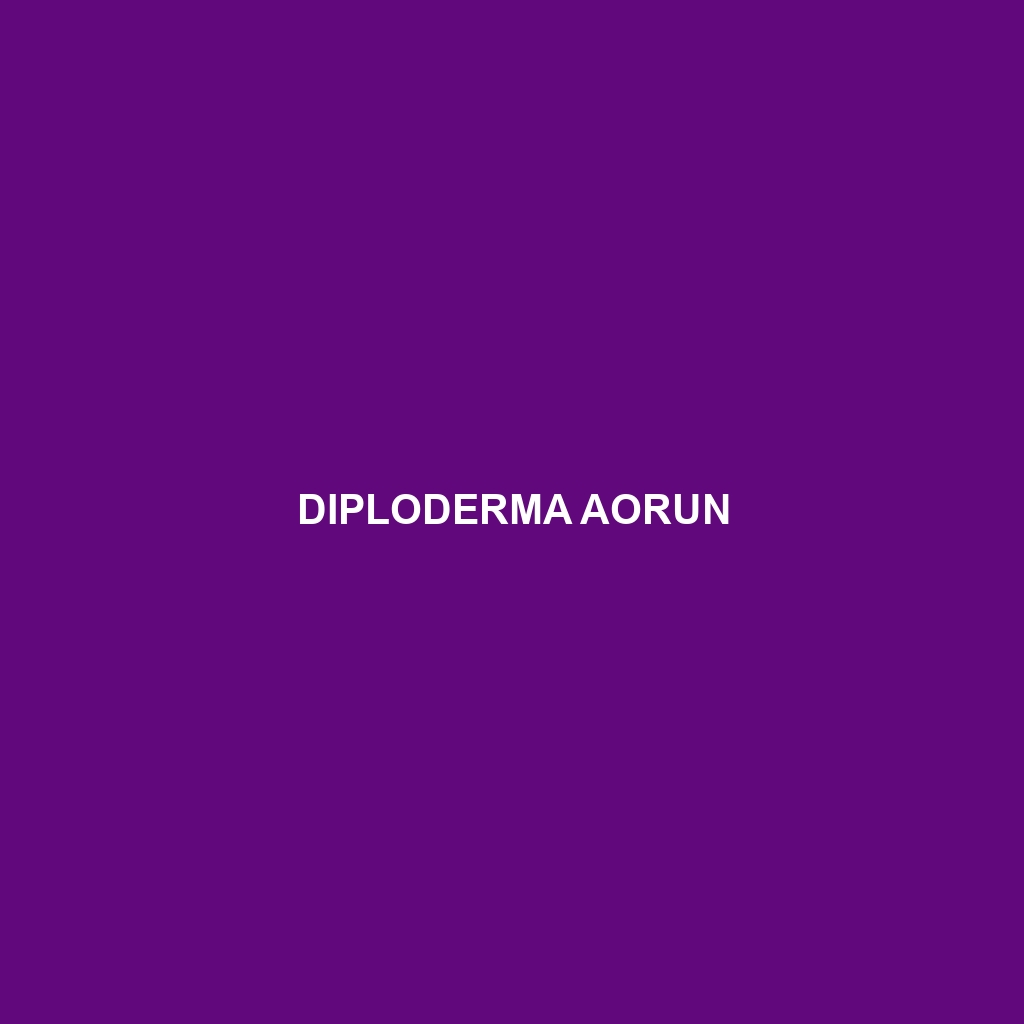Diploderma zhaoermii, commonly found in the mountainous regions of southwestern China, is a striking lizard measuring 20 to 25 cm with an olive green to brown coloration and lateral stripes. Vulnerable due to habitat loss, it plays a vital role in its ecosystem by controlling insect populations and serving as prey for various species.
Tag: Diploderma lizard
Diploderma vela
Diploderma vela, a medium-sized lizard native to the subtropical forests of northern Vietnam, known for its remarkable color-changing ability and arboreal lifestyle. With a diet primarily consisting of insects, this species plays a vital role in controlling pest populations while contributing to the biodiversity of its ecosystem.
Diploderma swild
Diploderma swild, a vibrant green and brown lizard native to the mountainous forests of southeastern Asia, where it thrives among the trees at elevations of 800 to 1,500 meters. This diurnal species, known for its striking patterns and impressive camouflage, primarily feeds on insects and plays a crucial role in its ecosystem by controlling insect populations.
Diploderma qiaojiaense
vibrant Diploderma qiaojiaense, a moderately sized arboreal lizard native to the humid forests of southwestern China. With its distinctive greenish-brown coloration, this insectivorous species plays a vital role in the ecosystem by helping to control insect populations and serving as prey for larger predators.
Diploderma panchi
Diploderma panchi, commonly known as the Panchi lizard, is a medium-sized, arboreal species native to the humid subtropical forests of Southeast Asia, particularly Myanmar and Vietnam. With a distinctive coloration of brown, black, and olive green, they primarily feed on insects and play a crucial role in their ecosystem while facing threats from habitat loss and illegal trade.
Diploderma aorun
Diploderma aorun, a stunning medium-sized lizard known for its vibrant earthy coloration and arboreal behavior. Native to the mountainous subtropical forests of southeastern Asia, this insectivorous species is vital for insect population control and highlights the importance of habitat conservation due to its vulnerable status.
